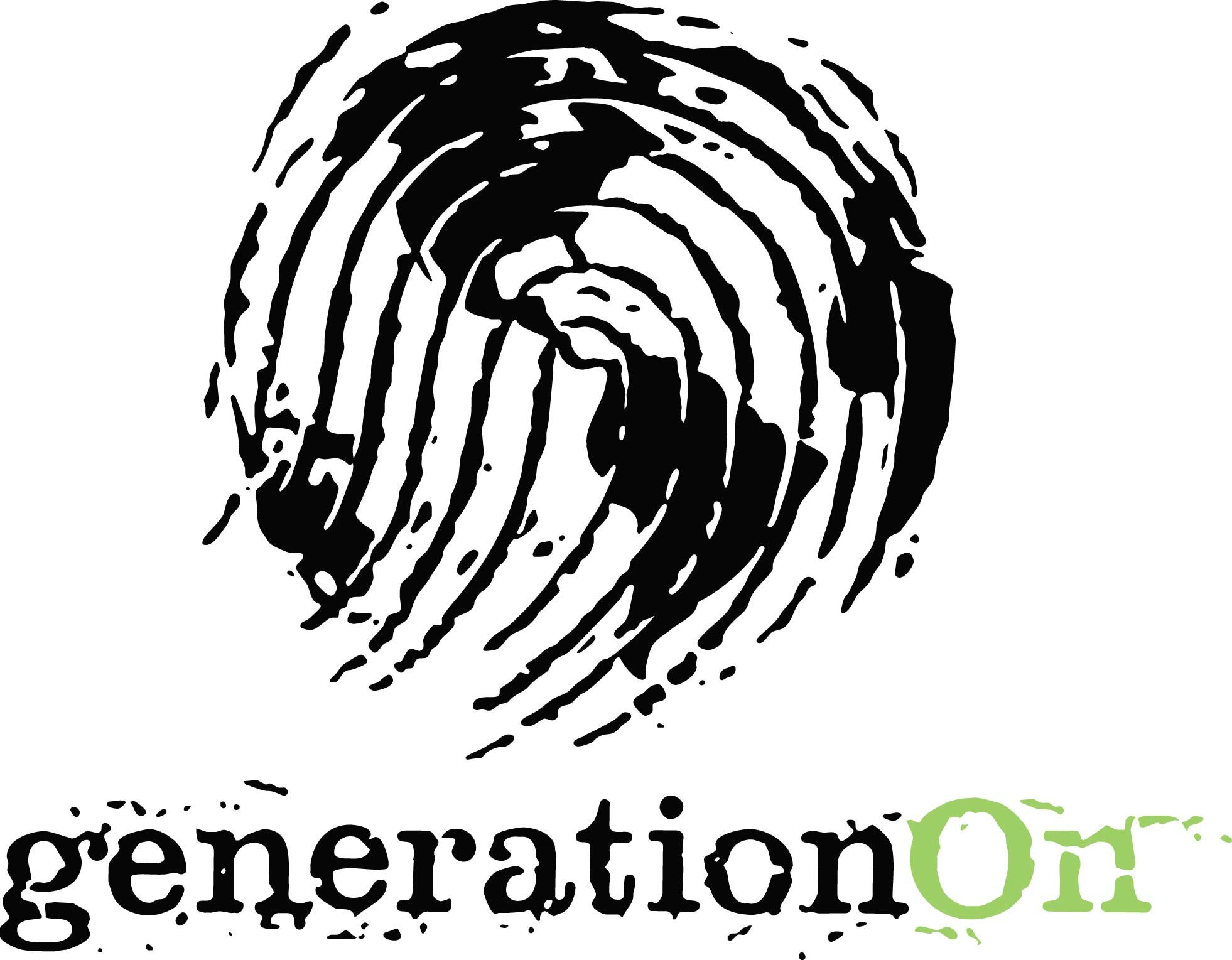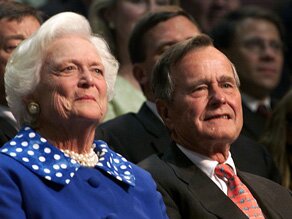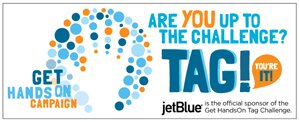Friends,
As we approach the holiday season – a season of giving and sharing, I’d like to highlight a few ways to share the joys of the season through Points of Light Institute.
Toys for Tots Through generationOn and Hasbro December 3-10
 Points of Light’s recently launched generationOn is a movement to empower young people to make their mark on the world by transforming their communities. This holiday season Hasbro is providing extra incentive to kids who step up and volunteer. From December 3-10, for every child or teen who takes the pledge to volunteer and joins generationOn, Hasbro will donate a toy to a child in need through the Toys for Tots Holiday Gift Campaign (up to 100,000 total toys). This is just one example of the many ways Hasbro’s generosity is supporting generationOn, as well as children in need. You can further this holiday effort by spreading the word to friends, families, colleagues, and young people to join generationOn’s global movement.
Points of Light’s recently launched generationOn is a movement to empower young people to make their mark on the world by transforming their communities. This holiday season Hasbro is providing extra incentive to kids who step up and volunteer. From December 3-10, for every child or teen who takes the pledge to volunteer and joins generationOn, Hasbro will donate a toy to a child in need through the Toys for Tots Holiday Gift Campaign (up to 100,000 total toys). This is just one example of the many ways Hasbro’s generosity is supporting generationOn, as well as children in need. You can further this holiday effort by spreading the word to friends, families, colleagues, and young people to join generationOn’s global movement.
Holiday Shopping on MissionFish
Omar, a 12-year-old boy in Zanzibar with a serious heart condition, is attending school, something he once could only dream about. The folks who funded his life-changing surgery? Many, many eBay shoppers, who harnessed their purchasing power to benefit a nonprofit called “Save a Child’s Heart.”
By using the dollars of eager buyers, MissionFish, a business unit of Points of Light Institute, which partners with eBay, has raised more than $220 million to benefit 22,000 nonprofits in the U.S. and UK since its start seven years ago. eBay shoppers designate a portion of the purchase price to a nonprofit (sellers may do so also). In addition, nonprofits can sell goods to raise money. So, you may shop for the holidays and benefit a host of causes at the same time by clicking here.
Tag You’re It!
 We are extending our game of virtual tag to December 17, to give individuals a chance to incorporate the spirit of holiday giving into their commitments to improve their communities. For example, you could deliver holiday meals to shut-ins, wrap gift packages for needy children, donate blankets and gloves to shelters or, as one woman pledged, “increase random acts of kindness.”
We are extending our game of virtual tag to December 17, to give individuals a chance to incorporate the spirit of holiday giving into their commitments to improve their communities. For example, you could deliver holiday meals to shut-ins, wrap gift packages for needy children, donate blankets and gloves to shelters or, as one woman pledged, “increase random acts of kindness.”
As many of you know, Tag is part of Points of Light’s multi-year Get HandsOn Campaign to mobilize 500,000 volunteer leaders to accomplish 2 million projects. At gethandson.com, you can create your own volunteer projects or join others posted by thousands of people who are committed to positive change. What better way to get into the spirit of the season as well as make a promise for the New Year!
In service,
Michelle Nunn
CEO, Points of Light Institute, and Co-Founder, HandsOn Network



 Today’s post comes from Michael Nealis, Interactive Strategy Coordinator for
Today’s post comes from Michael Nealis, Interactive Strategy Coordinator for  You should come volunteer at the shelter because puppies and kittens are cute.
You should come volunteer at the shelter because puppies and kittens are cute. by Khyati Desai, Civic Engagement Manager,
by Khyati Desai, Civic Engagement Manager, 





 Rabbi Will Berkovitz is Vice President of Partnerships and Rabbi in Residence for Repair the World. An ordained rabbi from the Ziegler School of Rabbinic Studies in Los Angeles, he is the former rabbi and executive director of Hillel at the University of Washington and Jconnect Seattle. Rabbi Will currently lives in Seattle with his wife Lelach, and their sons Nativ and Idan.
Rabbi Will Berkovitz is Vice President of Partnerships and Rabbi in Residence for Repair the World. An ordained rabbi from the Ziegler School of Rabbinic Studies in Los Angeles, he is the former rabbi and executive director of Hillel at the University of Washington and Jconnect Seattle. Rabbi Will currently lives in Seattle with his wife Lelach, and their sons Nativ and Idan.

